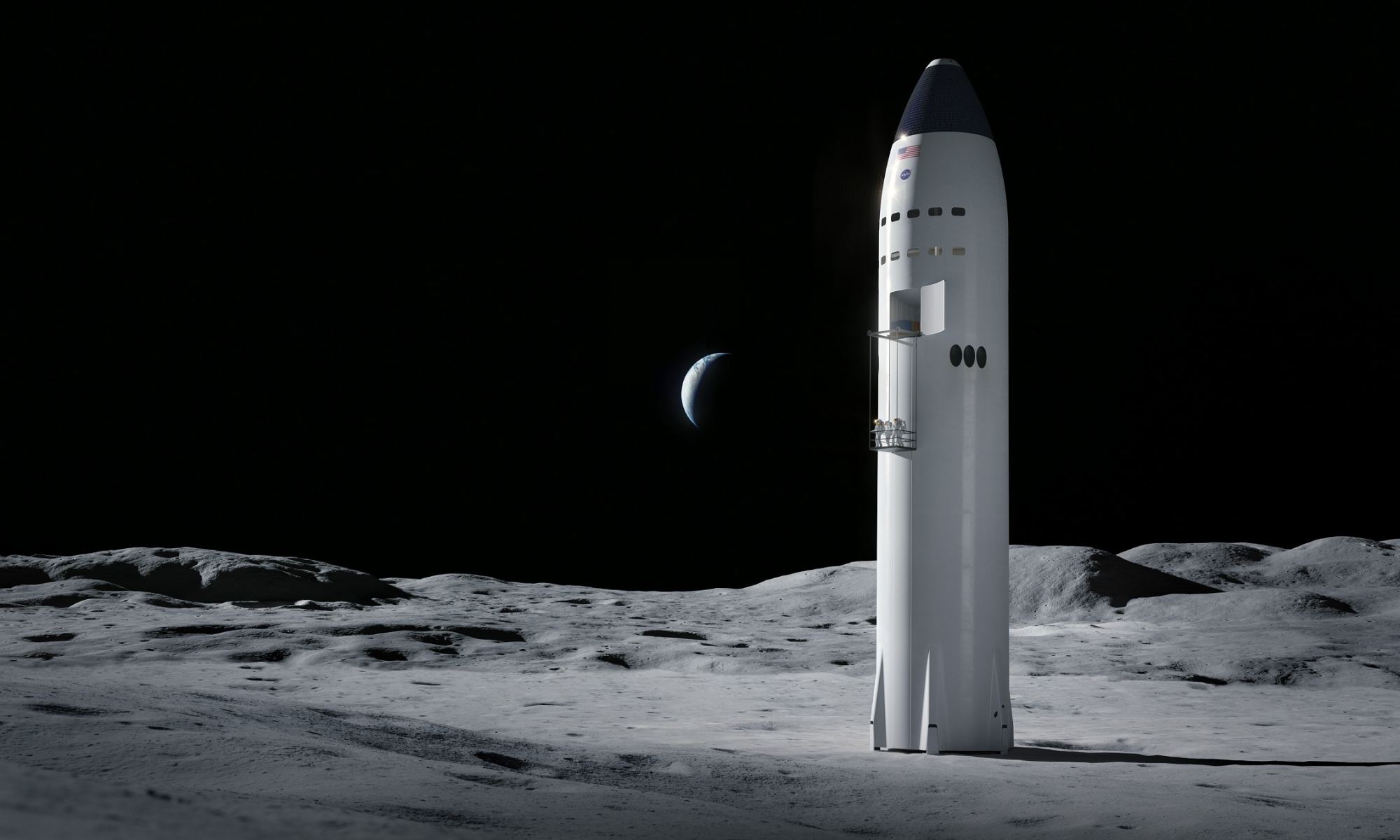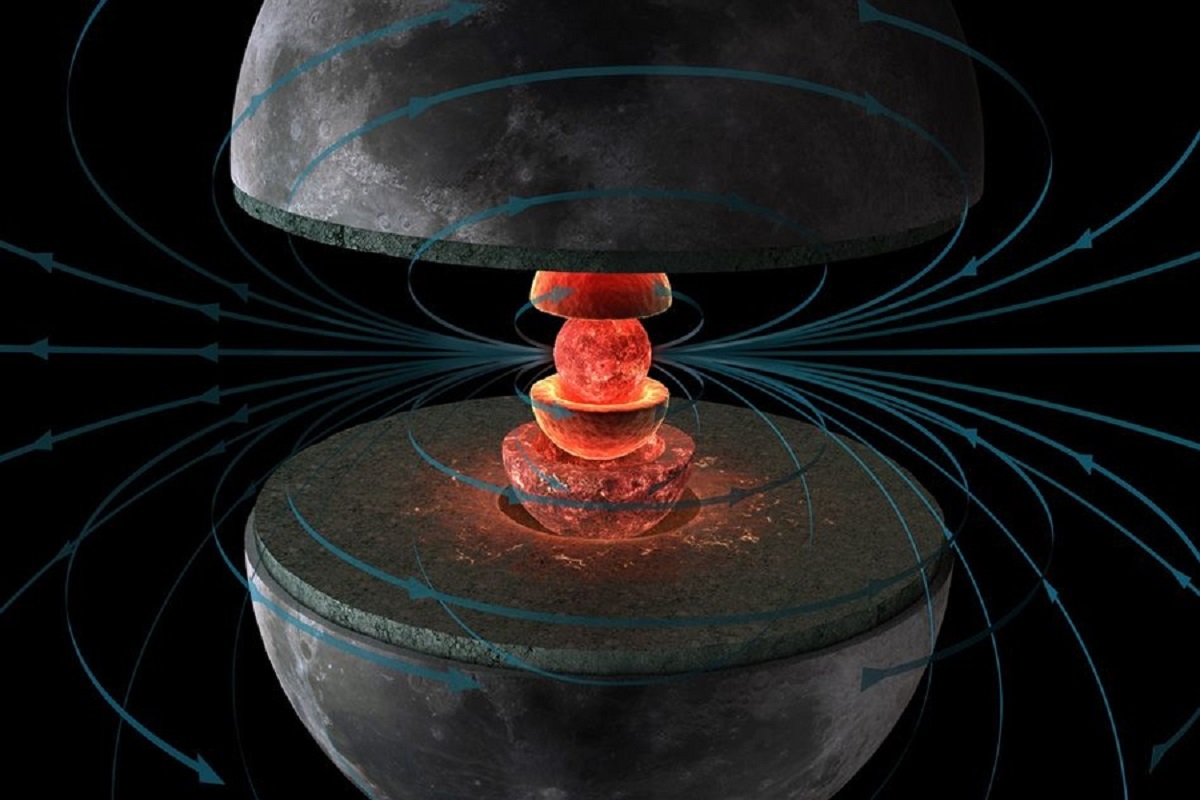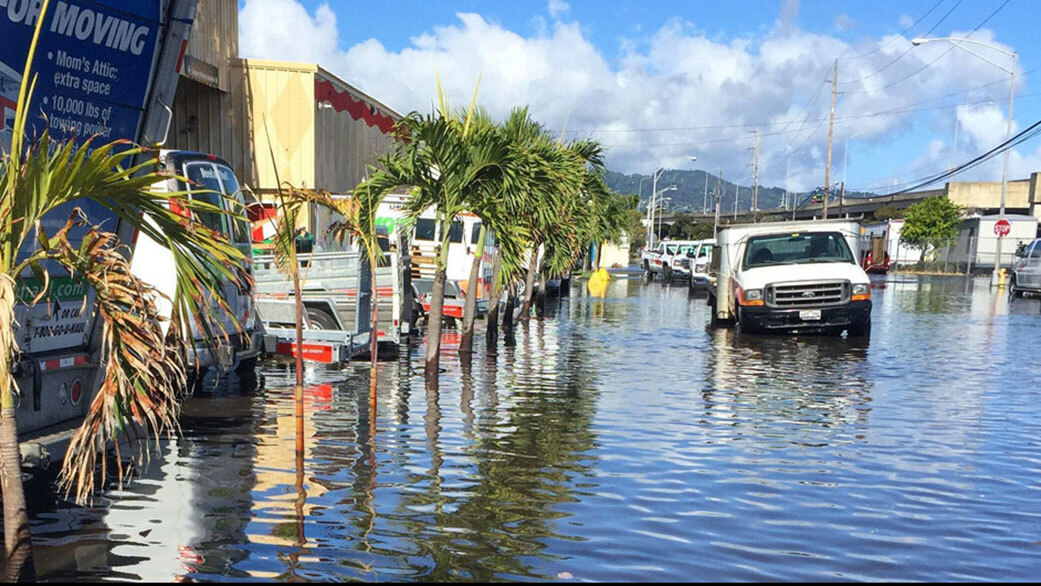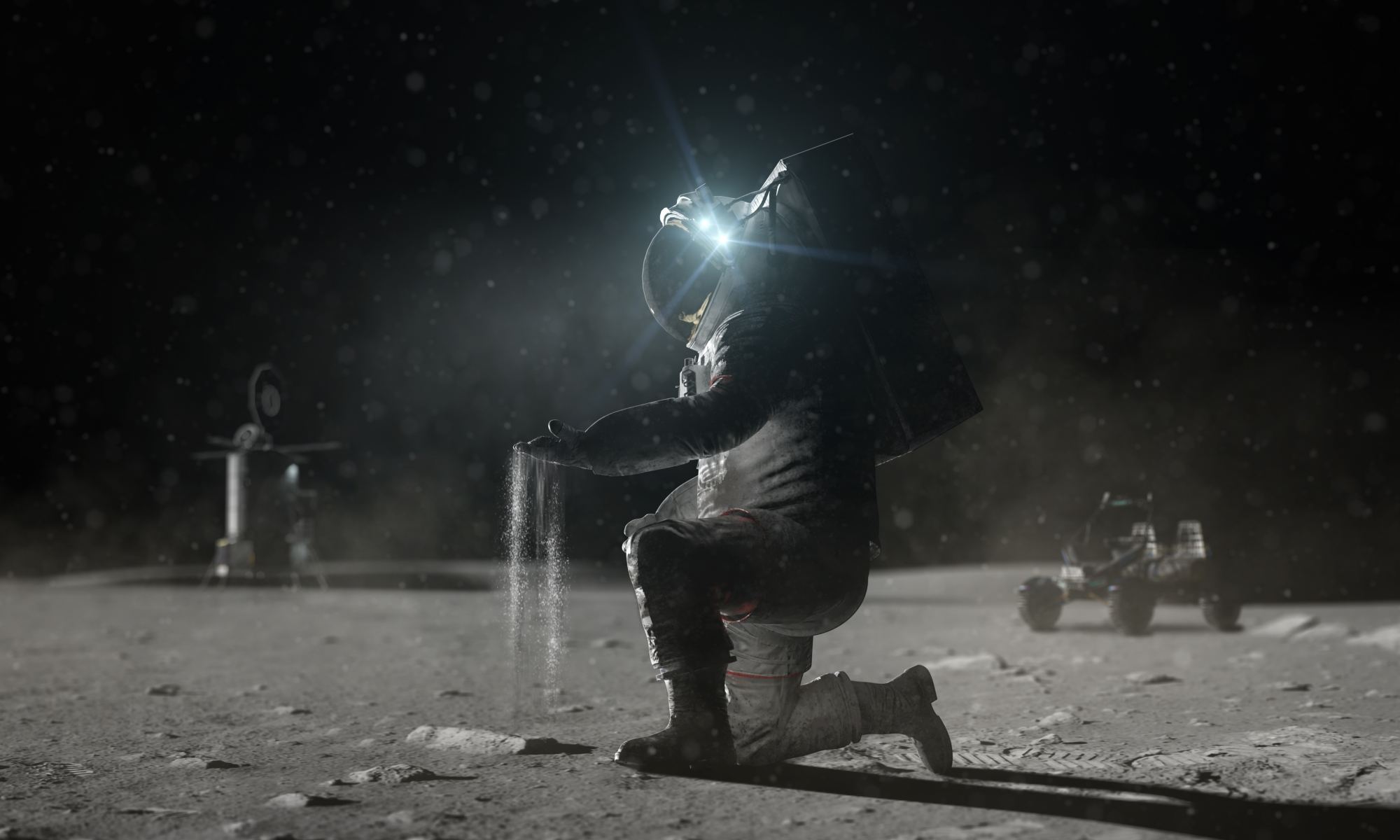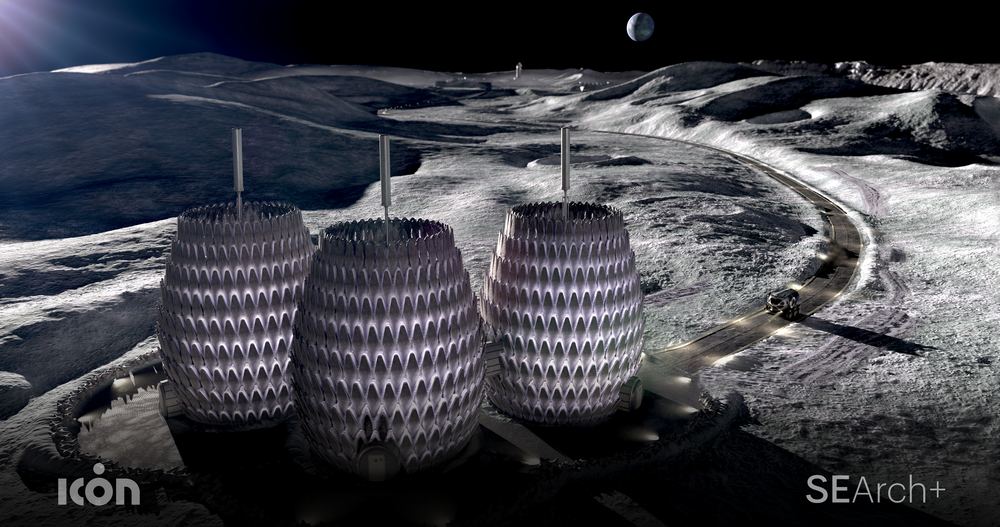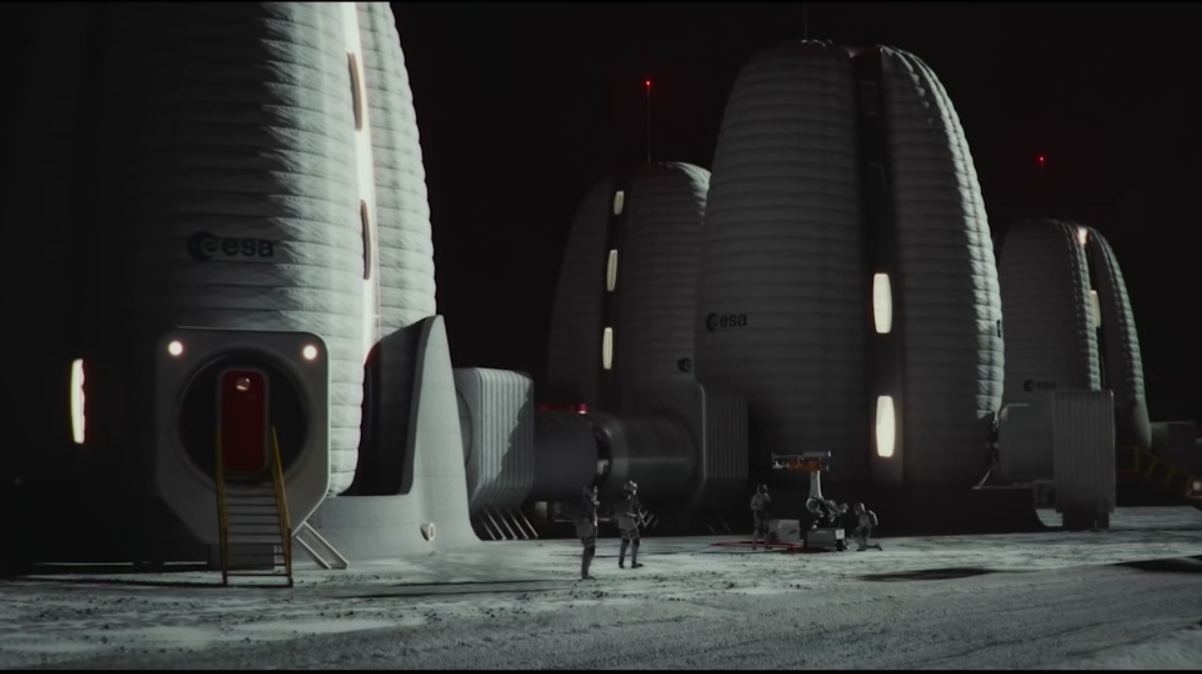The fight over who gets to take the Artemis astronauts back to the Moon continues! It all began when NASA announced that they had awarded the contract for its Human Landing System (HLS), the reusable lunar lander that would ferry the Artemis III astronauts to the lunar surface. This decision did not sit well with the other two finalists, Blue Origin and Dynetics, who appealed the decision because NASA was showing “favoritism.”
The Government Accountability Office (GAO) rejected these appeals, which has prompted Blue Origin founder Jeff Bezos to bring out the big guns. In addition to filing a lawsuit in federal court and lobbying Congress, they have also waged a public relations war against SpaceX itself, calling their safety record and into question. In response, Elon Musk took to Twitter to address Blue Origin’s claims and set the record straight.
Continue reading “Musk Says That Refueling Starship for Lunar Landings Will Take 8 Launches (Maybe 4)”
